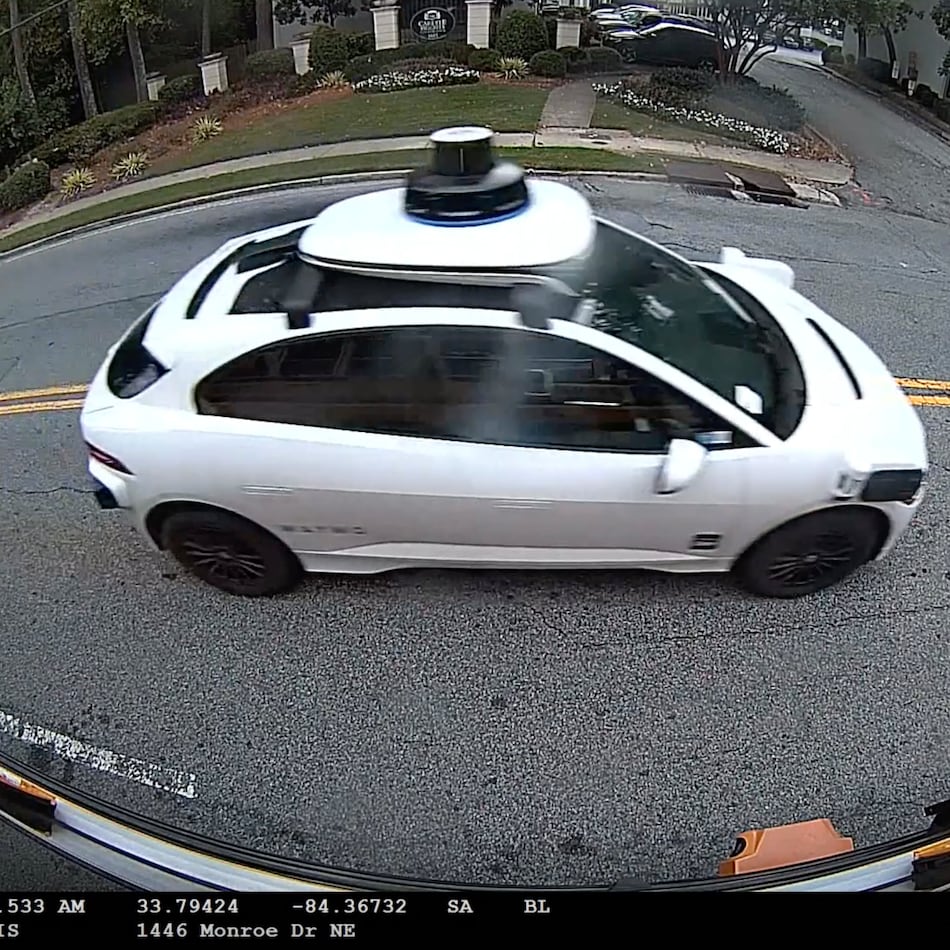As the Atlanta City Council considers supporting the proposed redevelopment of the Gulch, it’s important to consider a few perspectives on why this particular project deserves our attention. First and foremost, downtown is the center of the Atlanta region, and thus is the most visible and prominent geographic area in the entire Southeast. Since the 1840s, it has been the historic heart of the city, with a beat that has remained strong despite many ups and downs; including fires, tornadoes, recessions, suburbanization, and all manners of underappreciation.
The property, affectionately known as the “Gulch”, is a massive hole in the heart of the city, and has not attracted much interest or activity since the viaducts were built over the rail lines in the early 20th century. No one, including any of our public entities — federal, state, county or city — has stepped up or even contemplated building the proper infrastructure to lift the 40-acre site up to the street viaduct level, which would simultaneously connect neighborhoods to the south and west of downtown.
Fortunately, there’s now a world-class developer bold enough to look at the site with the necessary combination of optimism and resources, and which is prepared to invest in that infrastructure. Given the complex nature of the site, which is the primary reason for its vacancy all these years, a well-designed public-private partnership is required. Atlanta is no stranger to this structure, in fact, it is how our city has historically grown and why it’s continued to flourish. The Gulch redevelopment is another opportunity for the city to catalyze our next wave of growth, particularly in an area that can and should accommodate new residences (20 percent of which are promised as affordable), office space, and businesses that are necessary to drive our economy. All at a site that is served by two MARTA stations and can preserve future commuter rail access.
It’s also important to understand the innovative, albeit complicated, financing strategy at play which ultimately leverages support from the state and the city. The state of Georgia’s creation of an Enterprise Zone, a form of tax increment financing which uses sales tax instead of property tax, will enable the developer to build the site up to viaduct level. The increment – which is the state’s portion of sales tax collected at the site (four cents of 8.9 cents total) – is used by the developer to fund and build the platform and then pay off the bonds. The catch is that the developer has to create these taxable businesses.
With the proposed extension of the Westside Tax Allocation District (TAD) from 2038 to 2048 under consideration, the city would be able to issue bonds to help finance the remainder of the vertical improvements on the site, and ultimately unlock nearly $5 billion dollars of private investment to complete the project. What’s more is that the developer will buy both sets of bonds (Enterprise Zone and TAD), basically becoming the debt and equity for their ambitious vision. This is unheard of in most real estate deals and displays a type of bullishness for Atlanta that we have not seen in generations.
Some say this is too much assistance to offer. But, all the city is essentially doing is issuing tax exempt bonds with no financial risk to the general fund and much upside in terms of job creation, local sales and property tax generation, and a major piece of infrastructure will finally be constructed. As public-private partnerships go, it doesn’t get much better than this and we will be kicking ourselves if we do not seize this once-in-a-generation opportunity to repair the hole in our city.
About the Author
Keep Reading
The Latest
Featured
